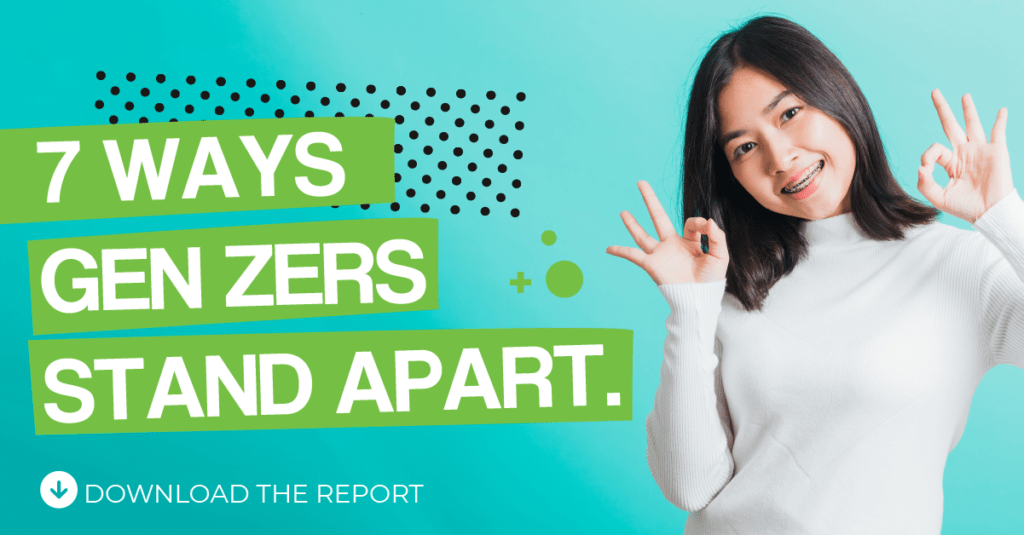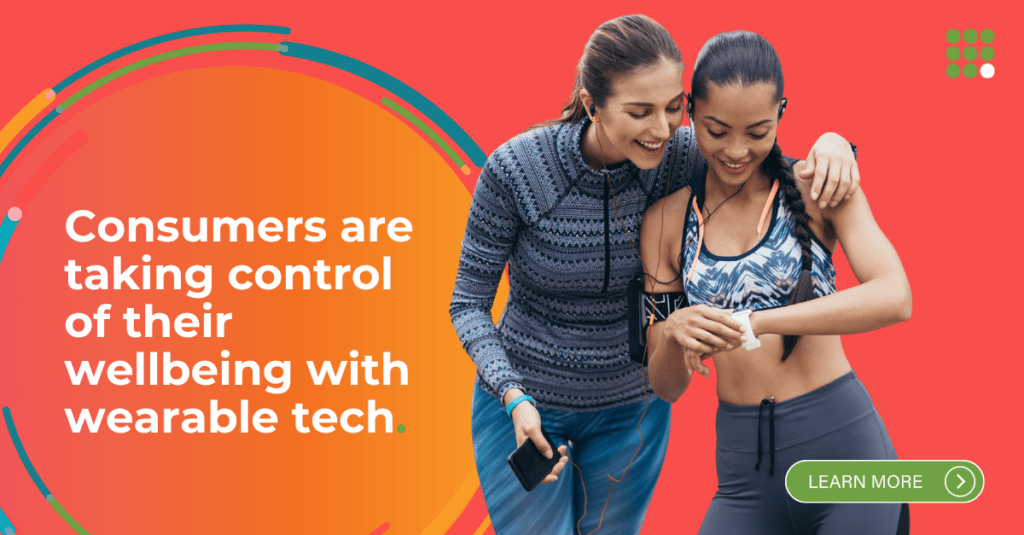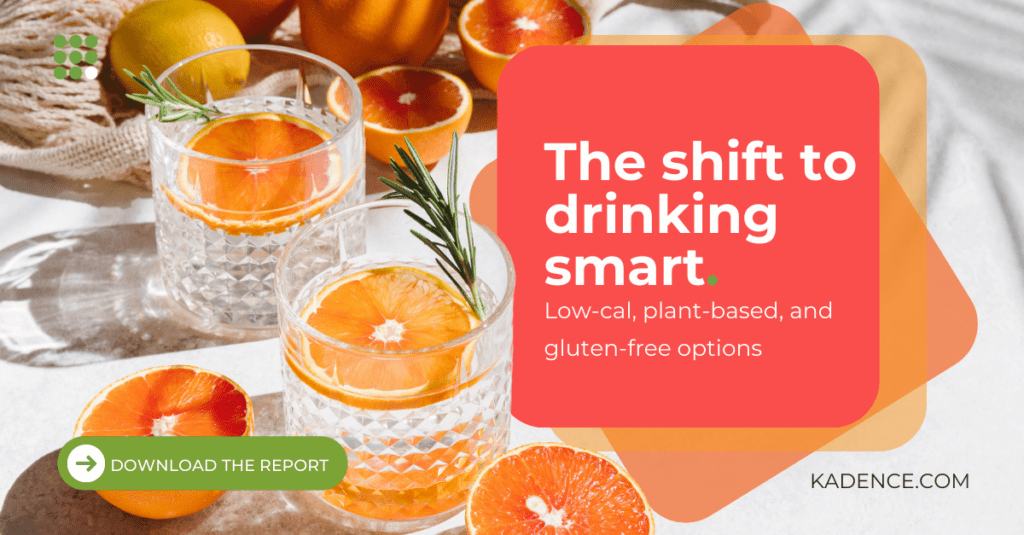Surveys are powerful data collection tools that enable businesses to gather valuable insights, identify opportunities, and make informed decisions. Whether it’s surveying customers, internal team members, or key stakeholders, the data collected through surveys can provide a wealth of information that propels a business forward.
However, the quality and reliability of the data collected can only be as good as the survey questions themselves. Crafting high-quality survey questions is crucial to obtaining accurate insights and avoiding common pitfalls that novice survey creators often encounter.
The Foundations of Effective Survey Design
Effective survey design is critical in obtaining accurate data and making informed business decisions. Understanding the foundations of survey design allows you to optimise your data collection efforts and ensure reliable insights. This section explores key considerations in survey design:
Significance of Survey Design
Survey design directly impacts the quality of data collected and the insights derived from it. Well-designed surveys yield more accurate and actionable information, providing a solid foundation for decision-making. It involves careful planning, question formulation, and structuring the study in a logical and user-friendly manner.
Understanding the Target Audience
Tailoring survey questions to the specific characteristics and preferences of the target audience is paramount. Different demographics may respond differently to certain question styles or formats. By understanding your audience’s background, knowledge, and preferences, you can create questions that resonate with them and elicit meaningful responses.
Addressing Survey Length and Response Rates
Survey length plays a crucial role in response rates. Long and time-consuming surveys often result in respondent fatigue, leading to decreased participation and potentially biased data. It is essential to strike a balance between gathering the necessary information and keeping the survey concise. By respecting respondents’ time and precisely estimating the survey’s duration, you can encourage higher response rates and increase data quality.
Value of Pre-Testing through Pilot Studies
Pre-testing survey questions through pilot studies or small-scale trials is a valuable step in survey design. Conducting pilot studies with a representative sample helps identify potential issues, such as unclear or confusing questions, biased wording, or technical difficulties. It allows you to refine the survey, ensuring clarity and improving the respondent experience before the main data collection phase.
By focusing on these foundational elements of survey design, you can enhance the validity and reliability of your data collection efforts. Understanding your audience, respecting their time, and conducting pre-testing will contribute to the overall success of your surveys, leading to more accurate insights and informed decision-making.
Types of Bad Survey Questions
The Biased or Leading Question
Biased or leading questions are a common pitfall in survey question development. These questions prompt or influence respondents to answer in favour or against a specific outcome, resulting in inaccurate data and compromised insights. It is crucial to identify and avoid such questions to maintain the integrity of your survey results.
Definition: Biased or leading questions are designed to sway respondents towards a particular response, often by presenting information that favours one option over others.
Example: “Studies have shown that our product reduces stress levels significantly. How likely are you to purchase it?”
Explanation: This question employs biased language by referencing studies that suggest a positive outcome. By framing the statement in this manner, respondents may feel inclined to answer positively, potentially distorting the true sentiments towards the product.
Tips to Avoid Bias:
- Use neutral language: Craft questions without favouring any specific option explicitly or implicitly. Present information objectively to elicit unbiased responses.
- Vary the order of options: When presenting a list of options, ensure the order is randomised across questions with similar answer choices. This prevents respondents from making decisions based on the sequential positioning of options, reducing potential bias.
The Ambiguous Question
Ambiguous and imprecise questions pose challenges in survey design, making it difficult for respondents to understand the intended meaning and provide accurate responses. Ambiguity can lead to inconsistent or misunderstood answers, compromising the reliability of the data collected.
Challenges of Ambiguity: Ambiguous questions lack clarity or specificity, making it challenging for respondents to interpret what is being asked. This can result in varied interpretations, subjective responses, and difficulty accurately analyzing the data.
Example: “Please rate your satisfaction with our customer service.”
Shortcomings: This question lacks clarity in terms of what aspects of the customer service experience should be considered when rating satisfaction. Respondents may have different interpretations of “customer service,” leading to inconsistent and subjective responses.
Tips to Avoid Ambiguity:
- Develop precise questions: Craft questions that are specific and leave no room for misinterpretation. Clearly define the subject or context of the question to guide respondents in providing accurate responses.
- Provide response options: Instead of open-ended questions, offer predefined response options that cover the key dimensions or attributes you want to measure. This allows respondents to select the option that best aligns with their experience.
- Consider alternative survey techniques: Explore survey techniques like conjoint analysis, which presents respondents with specific attributes or features to evaluate. This approach ensures direct and specific responses by focusing on the relevant aspects of a product or service.
The Complex Question
Complex questions present challenges as they incorporate multiple subjects or factors, making it difficult for respondents to provide clear and accurate answers. These questions, often called double-barreled questions, can lead to confusion and compromise the quality of the collected data.
Drawbacks of Complexity: Complex questions overwhelm respondents by asking about multiple subjects but requiring a single answer. This can lead to respondents providing unclear or inaccurate responses, hindering the reliability and validity of the data.
Example: “Please rate the quality of our product and the efficiency of our customer support.”
Shortcomings: This question combines two distinct aspects, the quality of the product and the efficiency of customer support, into a single question. Respondents may have different perceptions or experiences regarding each element, resulting in unclear or conflicting responses.
Tips to Avoid Complexity:
- Simplify questions: Trim unnecessary details and focus on one subject or factor per question. By asking about one specific aspect at a time, respondents can provide more precise and meaningful responses.
- Split complex questions: Divide complex questions into multiple focused questions, each addressing a single subject or factor. This approach allows respondents to provide dedicated responses, minimising confusion and improving data quality.
- Use pairwise ranking: Employ a pairwise ranking system where respondents compare options or rank them in order of preference. This approach helps establish a hierarchy of preferences without overwhelming respondents with complex multi-dimensional questions.
Maximising Data Collection and Reliability
To maximise the effectiveness of your survey efforts and ensure reliable insights, it is essential to consider various aspects beyond question design. This section explores the main elements contributing to maximising data collection and reliability.
Selecting Appropriate Survey Platforms and Technology: Choosing the right survey platform and technology is crucial for seamless data collection and analysis. Consider platforms offering skip logic, randomisation, and data visualisation capabilities. The right technology can streamline the survey process, enhance the respondent experience, and provide efficient data management and analysis.
Ethical Considerations in Survey Design: Ethics play a vital role in survey design to protect respondents’ rights and ensure data privacy. Ethical considerations include:
- Obtaining informed consent from participants.
- Clearly explain the purpose of the survey.
- Ensuring the confidentiality and security of collected data.
Adhering to data protection regulations and ethical guidelines fosters trust and encourages honest responses from participants.
Significance of Data Analysis Techniques and Interpretation: Data analysis is critical in deriving meaningful insights from survey responses. Utilise appropriate data analysis techniques, such as statistical analysis or qualitative coding, to identify patterns, trends, and correlations. Ensure proper interpretation of the results, considering the context and limitations of the survey, to draw accurate conclusions and make informed decisions based on the findings.
Emphasising the Iterative Nature of Survey Design: Survey design is an iterative process that requires continuous improvement. Actively seek feedback from respondents, analyse response patterns, and identify areas for enhancement. Incorporate lessons learned from previous surveys to refine future iterations, ensuring a better participant experience and improving data quality over time.
You can maximise data collection and reliability by selecting suitable survey platforms and technology, adhering to ethical considerations, employing effective data analysis techniques, and embracing the iterative nature of survey design. These elements collectively contribute to obtaining accurate insights and empowering data-driven decision-making within your organisation.
Remember, survey design is an ongoing learning process. Continuously seek opportunities for improvement, explore new methodologies, and stay abreast of best practices to refine your survey design skills and unlock the full potential of your survey data.
Final Thoughts
Effective survey design is essential for obtaining accurate insights and making informed, data-driven decisions. Throughout this article, we have explored the common pitfalls in survey question development and provided valuable tips and techniques to avoid them. Let us recap the key points and reinforce the value of surveys as a powerful tool for businesses:
- Importance of Effective Survey Design: Well-designed surveys form the foundation for obtaining accurate insights. By crafting high-quality survey questions, understanding the target audience, addressing survey length, and conducting pre-testing, you can enhance the reliability and validity of the data collected.
- Implementing Tips and Techniques: The tips and techniques discussed in this article offer practical guidance to improve survey question development. By avoiding biased or leading questions, eliminating ambiguity, and simplifying complex questions, you can ensure clarity, precision, and meaningful responses from participants.
- Surveys as a Means for Informed Decision-Making: Surveys provide businesses with a valuable means to gather data and make informed, data-driven decisions. By collecting reliable insights, organisations can identify opportunities, assess challenges, and set the direction for growth and success.
Surveys empower businesses to make informed decisions, propel growth, and stay ahead in a competitive landscape. Leverage the power of surveys to gather valuable data, unlock powerful insights, and drive your organisation toward success.
Get regular insights
Keep up to date with the latest insights from our research as well as all our company news in our free monthly newsletter.





 Senior Marketing Executive
Senior Marketing Executive Sales & Marketing
Sales & Marketing General Manager PR -Internal Communications & Government Affairs
General Manager PR -Internal Communications & Government Affairs Vital Strategies
Vital Strategies
 Customer Intelligence Director
Customer Intelligence Director